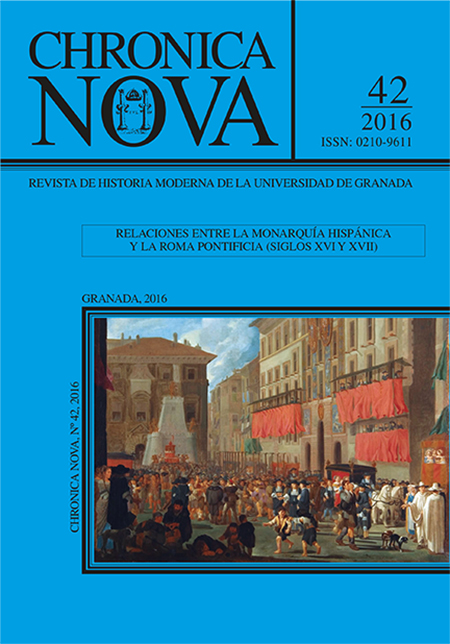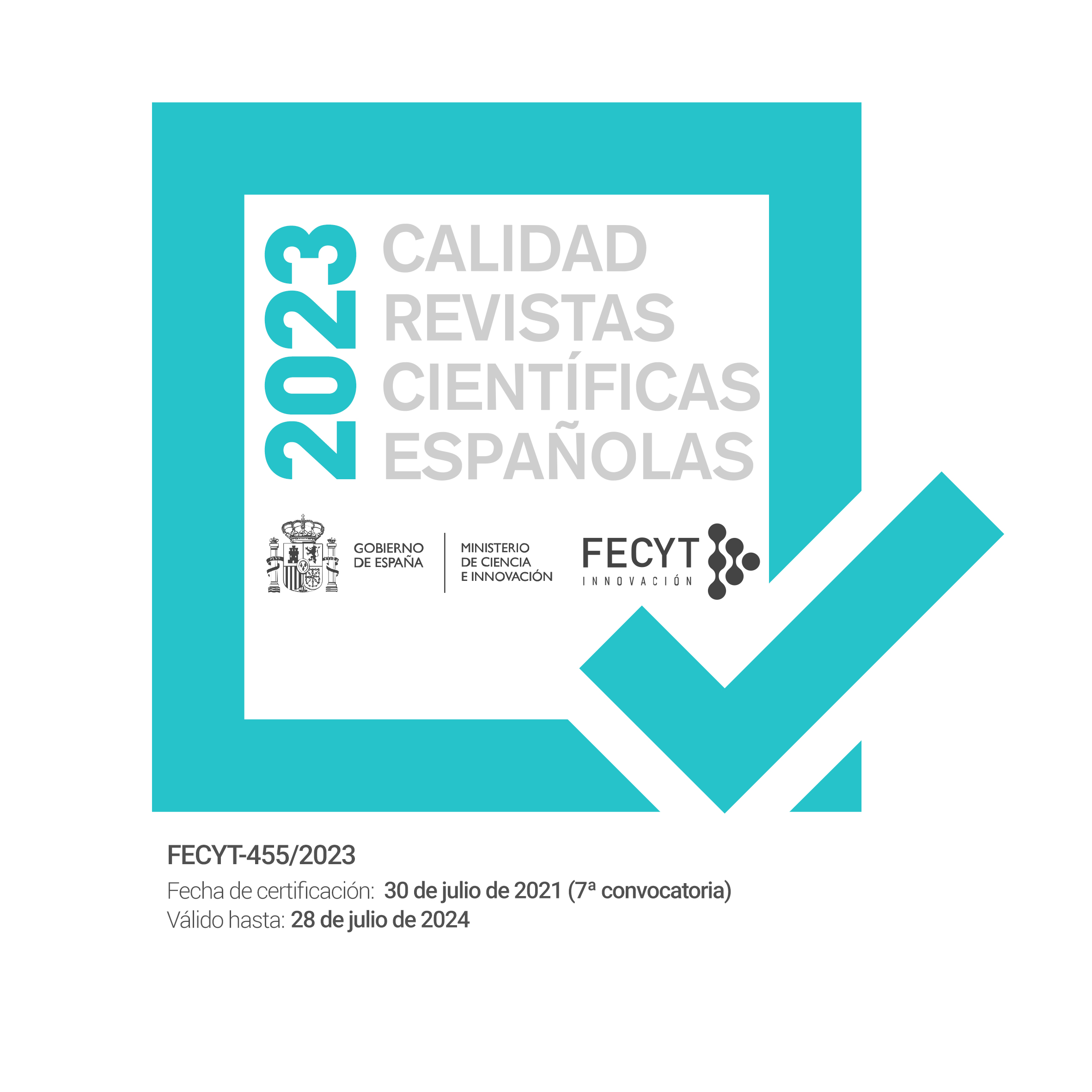Sailing directions, memorials and nautical knowledge about southern Iberian coast along the Age of Discovery (1526-c. 1555)
DOI:
https://doi.org/10.30827/cn.v0i42.1798Keywords:
Maritime History, Crown of Castile, Andalusia, Kingdom of Granada, Kingdom of Murcia, Algarve, Age of Discovery, coastal topography, navigation, nautical knowledgeAbstract
In this paper, we present three exceptional documentary evidences for the knowledge of southern Iberian coast in the Late Middle Ages and the beginning of Early Modern Ages. They are three memorials preserved in Archivo General of Simancas and Archivo General of Indias that report the landforms and seabed in the coast from Cape St. Vincent to Cape Palos. They were wrote up between 1526 and shortly after 1555 at the request of Spanish Monarchy for strategic military and commercial reason. Thanks to them, it is possible to analyse in depth the topography of southern Iberian littoral in this age. Furthermore, they represent an outstanding testimony of technical and practical knowledge hoarded by experienced seamen and other navigation professionals in this maritime space between the Atlantic Ocean and the Mediterranean within the context of the Age of Discovery, along 15th and 16th Centuries.
Downloads
Downloads
Additional Files
Published
How to Cite
Issue
Section
License
Nuestra revista se atiene a las recomendaciones para la implementación del Artículo 37 Difusión en Acceso Abierto de la Ley de la Ciencia, la Tecnología y la Innovación:
- Los/as autores/as cuyas contribuciones sean aceptadas para su publicación en esta revista conservarán el derecho no exclusivo de utilizar sus contribuciones con fines académicos, de investigación y educativos, incluyendo el auto-archivo o depósito de los artículos aceptados en repositorios institucionales o temáticos de acceso abierto de cualquier tipo en un plazo máximo de seis meses.
- Preferiblemente se permitirá el uso de la versión publicada de las contribuciones científicas, que estarán accesibles en abierto tan pronto como sea posible.
-
Que en caso de que el trabajo sea aprobado para su publicación, el/la autor/a autoriza de manera ilimitada en el tiempo a la entidad editora para que incluya dicho texto en Chronica Nova y pueda reproducirlo, editarlo, distribuirlo, exhibirlo y comunicarlo en el país y en el extranjero por medios impresos, electrónicos, CD, Internet o cualquier otro medio conocido o por conocer.






 ISSN-e: 2445-1908
ISSN-e: 2445-1908










